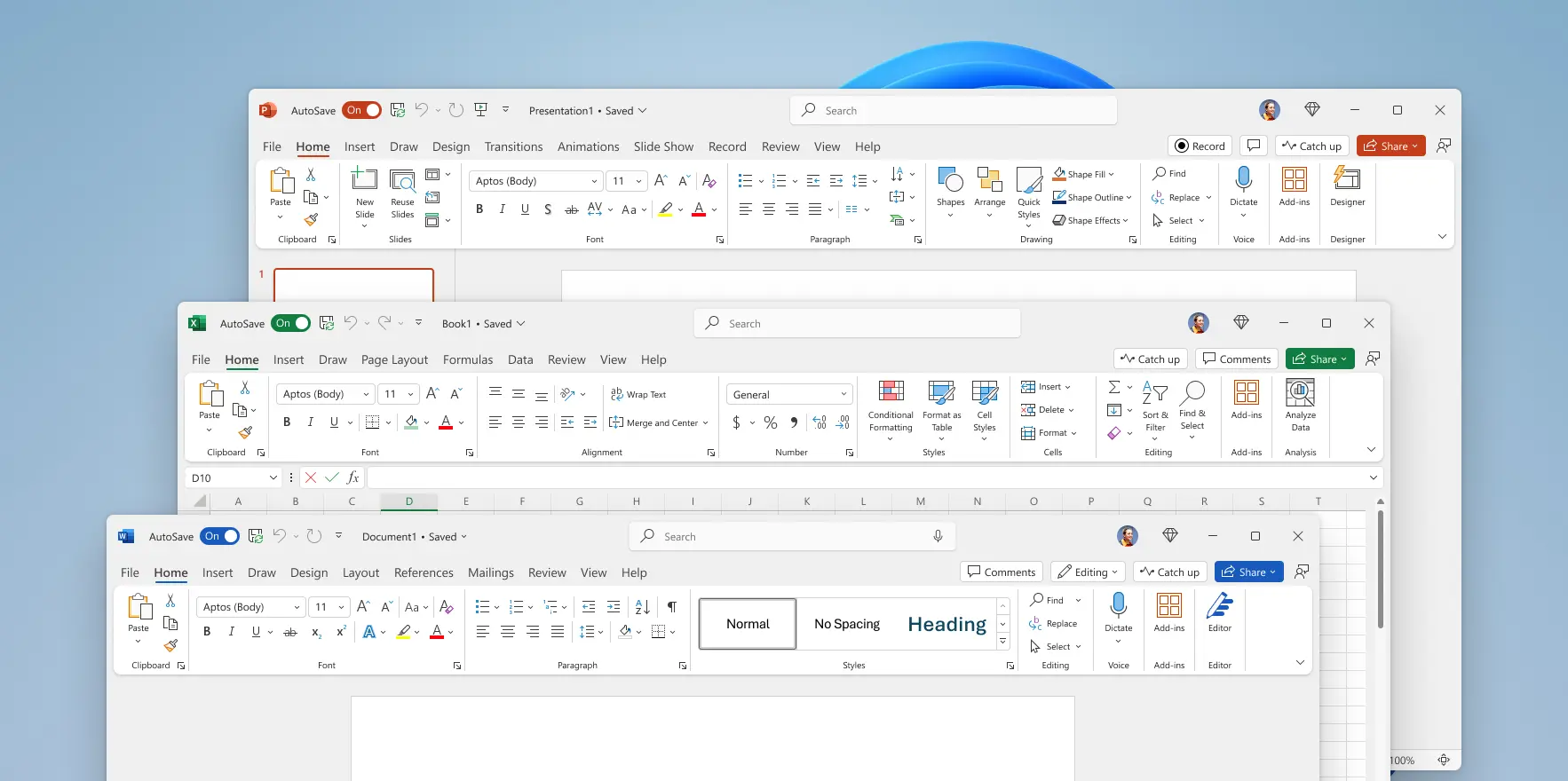this post was submitted on 19 Sep 2024
262 points (83.4% liked)
Technology
59374 readers
3392 users here now
This is a most excellent place for technology news and articles.
Our Rules
- Follow the lemmy.world rules.
- Only tech related content.
- Be excellent to each another!
- Mod approved content bots can post up to 10 articles per day.
- Threads asking for personal tech support may be deleted.
- Politics threads may be removed.
- No memes allowed as posts, OK to post as comments.
- Only approved bots from the list below, to ask if your bot can be added please contact us.
- Check for duplicates before posting, duplicates may be removed
Approved Bots
founded 1 year ago
MODERATORS
you are viewing a single comment's thread
view the rest of the comments
view the rest of the comments


You are among the first people I've seen online who hasn't circlejerked about literally any level of padding/spacing being too much padding.
People on Reddit/Lemmy always talk about how unusably shit any modern design is, and how UX/UI from 20+ years ago was so much better.
Yet do people use ancient copies of the software that broadly still performs the tasks people need of them? No.
Do they theme their system to look like the oh-so-superior Win98? No.
Don't get me wrong, sometimes I see a design change I dislike. But as a general rule, UI has definitely got better over the years.
And don't get me wrong, part of me feels great nostalgia at seeing old UX's, because it reminds me of the "good old days" when I bought my first computer in 1999. It's fun to Go back and use systems from back then. And at first you think AAAAA this is so cool, I remember all this, this looks neat, but after that nostalgia wears off you think *"thank god modern UIs aren't inconsistent, cramped and cluttered like this"
Nostalgia goggles are a powerful thing.
Yes, actually—I have a VM reserved mostly for 16-bit software.
Yes, actually—the Windows machine I'm forced to use for work restores as much of that aesthetic as practical, sometimes with the help of third-party software. My main home machine features a Linux DE whose appearance is largely the same as it was circa 2005 and whose development team is dedicated to keeping that look and feel.
Some of us do put our money where our mouths are, although I admit that isn't universal.
It's true that some level of padding is necessary in a UI, but the amount present in contemporary design is way too large for a system using a traditional mouse or laptop touchpad, which are capable of small, precise movements. Touchscreen-friendly design is best saved for touchscreens, but people don't want to do the work involved to create multiple styles of UI for different hardware. I've never encountered anything touted as "one size fits all", whether it be a UI or a piece of clothing, that actually does fit everyone. At best, it's "one size fits most", and I'm usually outside the range of "most" the designers had in mind. At worst, it's "lowest common denominator", and that seems to be the best description for contemporary UI design.
Ah someone who never had to deal with handicap or accessibility issues who think since he can do it no one else needs it.
Do you complain about ramps because staircase are just fine since legs can easily climb them too?
You might as well criticize someone that uses a mirror in spite of blind people existing.